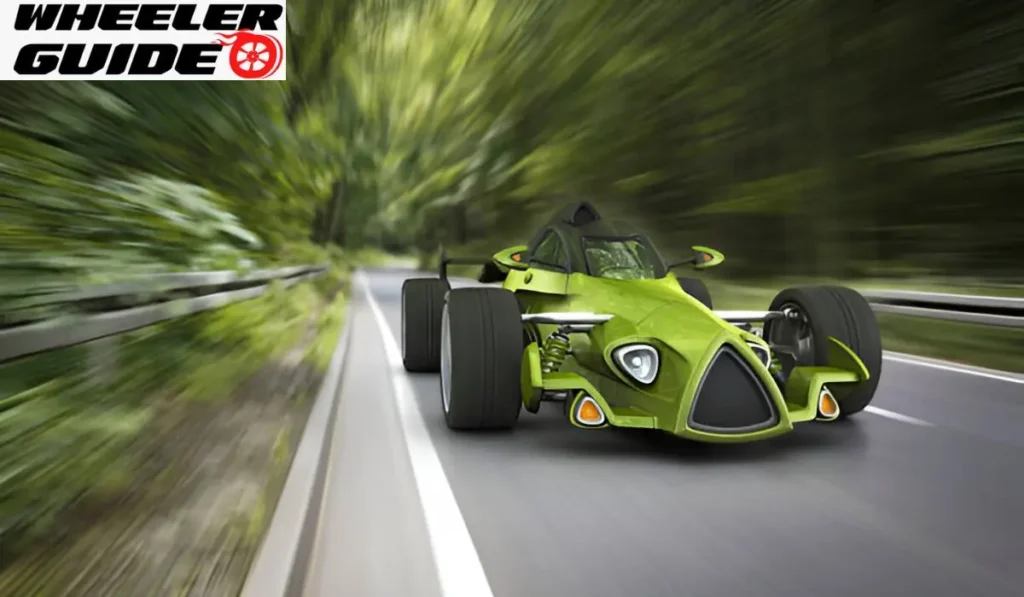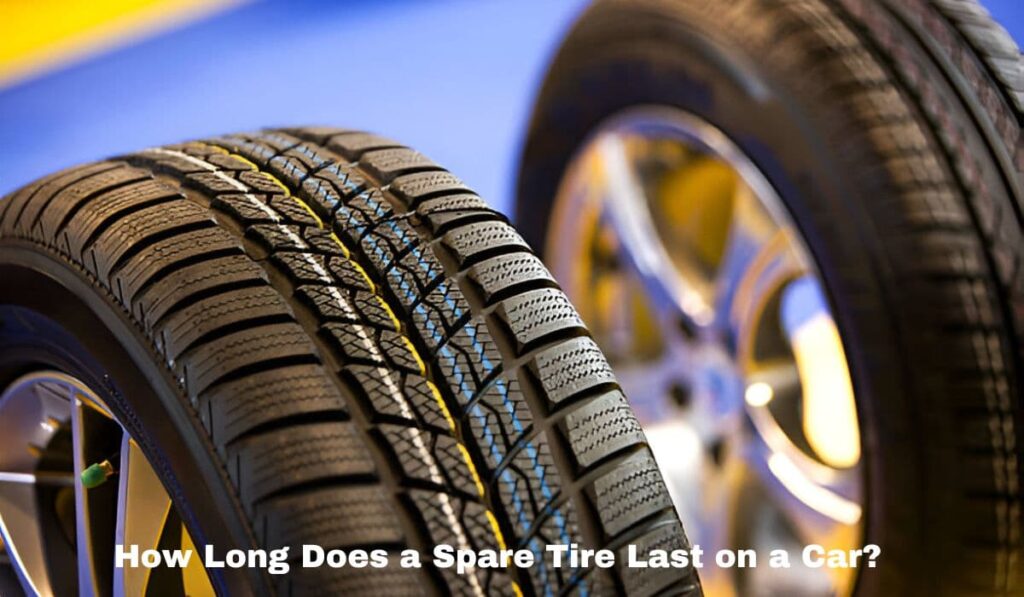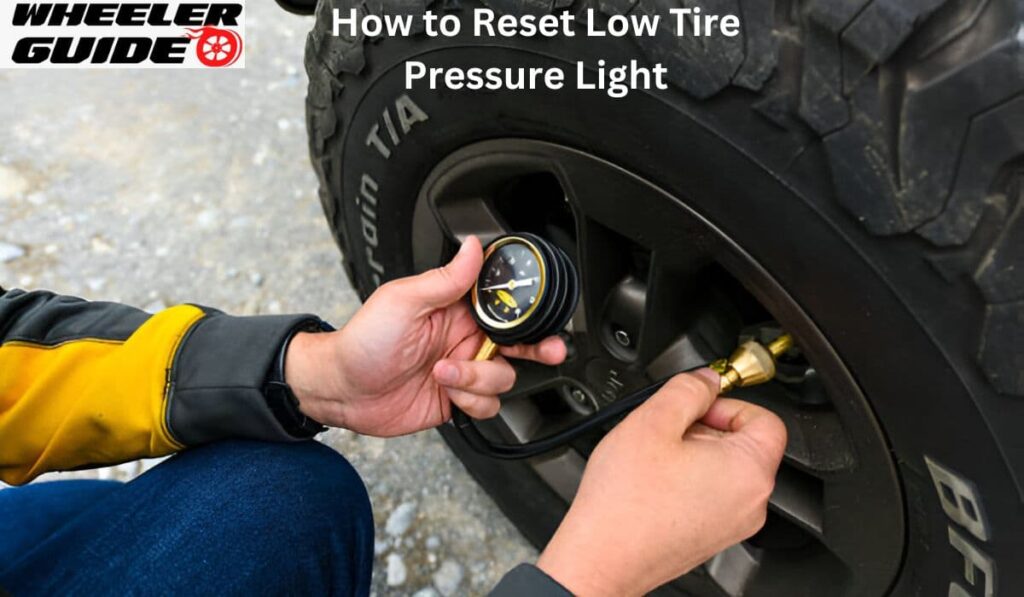California Sidecar trikes are popular among motorcycle enthusiasts seeking stability and comfort. These three-wheeled vehicles offer a unique riding experience, but like any vehicle, they can face issues. Common problems with California Sidecar trikes include electrical glitches, brake troubles, and suspension concerns.
Owners of these trikes often praise their smooth rides and added security. Yet, some riders report drive shaft problems or vibrations, especially in older models. Regular maintenance and timely repairs can help keep these trikes running well for many miles.
Key Takeaways
- California Sidecar trikes may experience electrical, brake, and suspension issues
- Regular maintenance is key to preventing and addressing common trike problems
- Many riders enjoy the stability and comfort of California Sidecar trikes despite potential issues
Overview of California Sidecar Trikes
California Sidecar produces popular trike conversion kits and complete trikes. Their designs focus on stability, comfort, and storage capacity for riders.
Trike Evolution and Models
California Sidecar began making trike kits in the 1970s. They now offer kits for many motorcycle brands. The Viper Kit is one of their best-known models for the Honda GL1800 Gold Wing.
CSC makes both complete trikes and conversion kits. Their trike models include the Volusia and Cobra. Conversion kits fit bikes like Harley-Davidson and Indian.
The company updates designs to fit new motorcycle models. In 2018, they made changes for the redesigned GL1800 Gold Wing. CSC trikes use independent rear suspension. This gives a smoother ride over bumps compared to solid axle trikes.
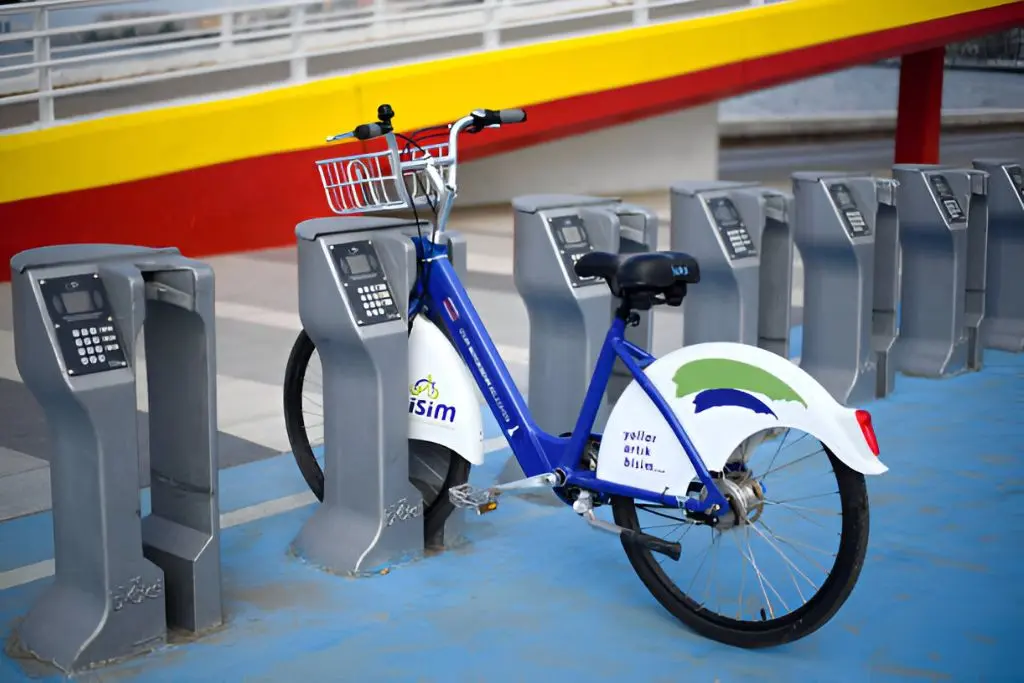
Distinct Features of CSC Trikes
CSC trikes have some unique features. They use independent rear suspension with adjustable shocks. This improves handling and comfort. Many models keep the stock motorcycle’s hydraulic preload adjuster. This lets riders easily change suspension settings for different loads.
CSC trikes offer lots of storage space. They have built-in trunks and luggage racks. Some models fit over 17 cubic feet of cargo.
The PowerRake steering system is optional on some kits. It makes steering lighter and reduces fatigue on long rides. CSC uses automotive-style differentials. These help the trike corner smoothly without tire scrub.
Common Mechanical Issues
California Sidecar trikes can face several mechanical challenges. These issues often involve the drive shaft, rear end, suspension, and braking systems. Regular checks and maintenance help prevent many problems.
Drive Shaft Concerns
Drive shaft problems are common in California Sidecar trikes. Riders may feel vibrations at high speeds. In some cases, the speedometer may fluctuate unexpectedly. These symptoms can point to drive shaft issues.
Welding the intermediate shaft to the drive shaft can fix some problems. This prevents movement that might wear down splines. It’s a permanent solution that stops slippage.
Some trike owners have rebuilt their drive systems with car parts. This can solve persistent issues. Regular inspections of the drive shaft can catch problems early.
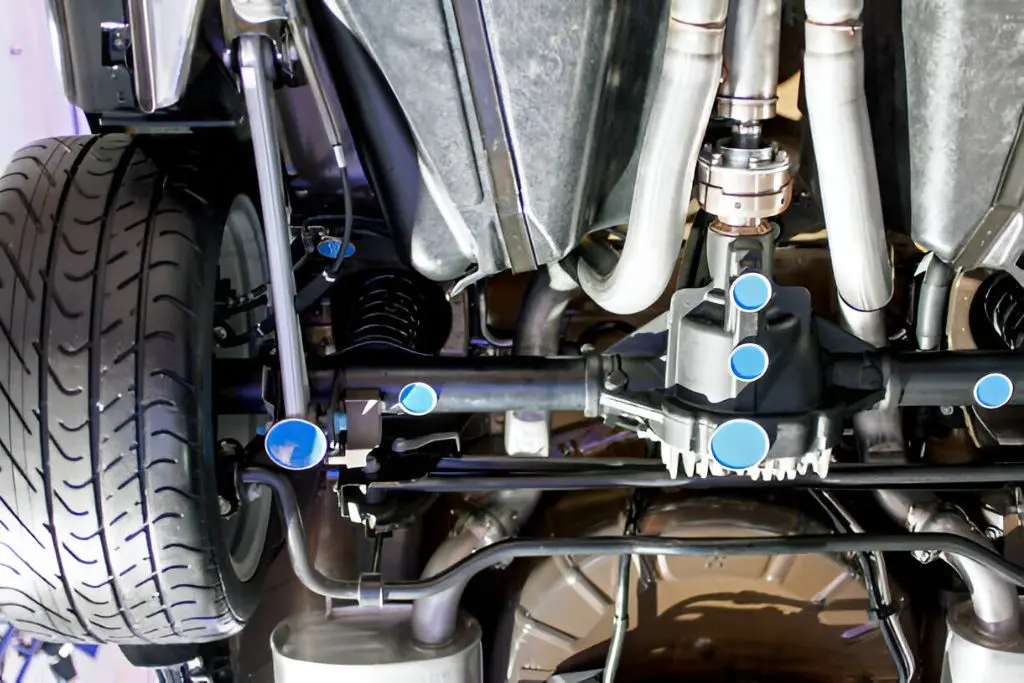
Rear End and Suspension Challenges
The rear end of a CSC trike needs careful attention. Uneven tire wear often signals rear-end problems. Strange noises when turning may also indicate issues.
Suspension plays a key role in trike handling. Adjustable shocks can improve ride quality. They allow riders to fine-tune the suspension for different loads and road conditions.
Some riders find the stock suspension too stiff. Aftermarket shocks can provide a smoother ride. Regular checks of suspension components prevent unexpected breakdowns.
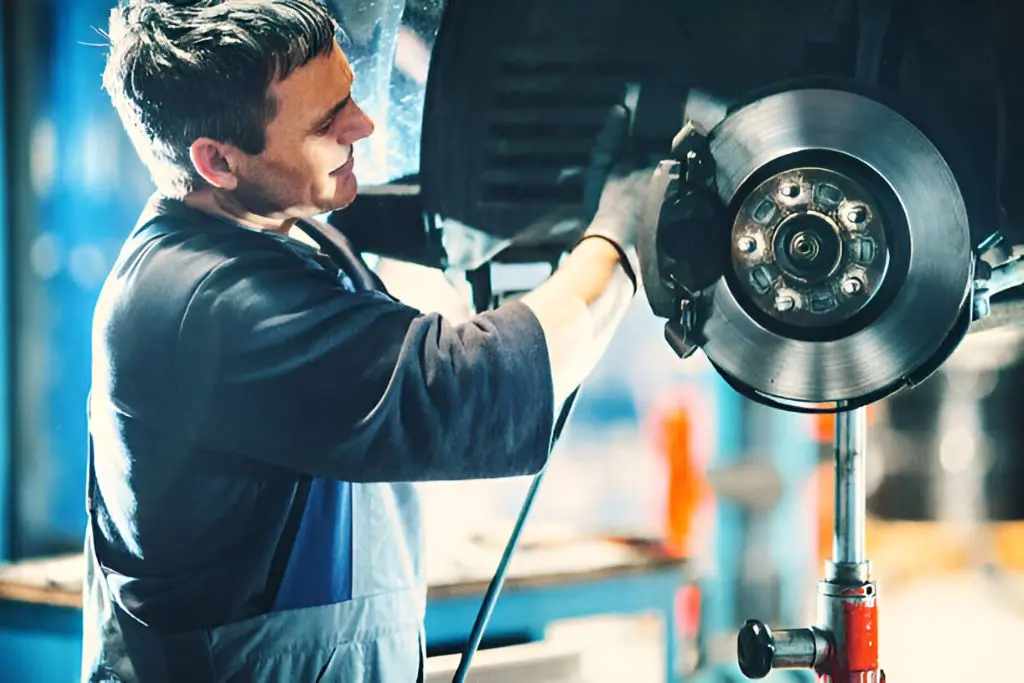
Braking System Maintenance
Brake issues can be dangerous on a trike. Regular checks of brake pads and rotors are crucial. Squealing noises often mean it’s time to replace brake pads.
Brake failure is a serious concern. Some owners have upgraded to disk brakes for better stopping power. This change can solve problems with older drum brake systems.
Brake fluid should be changed regularly. Old fluid can lead to poor braking performance. Checking brake lines for leaks is also important. Proper brake maintenance keeps riders safe on the road.
Operational Considerations
California Sidecar trikes offer a unique riding experience. They require some adjustments in handling and maintenance compared to two-wheeled motorcycles.
Handling and Rider Experience
Trikes handle differently than standard motorcycles. They don’t lean into turns, which can feel strange at first. Riders need to steer more actively, especially in curves.
Seasoned riders may take time to adjust. The wider stance gives more stability but reduces maneuverability in tight spaces. Parking and storage can be trickier due to the larger size.
Wind affects trikes differently. Crosswinds have less impact, but headwinds might slow you down more. The extra weight can change acceleration and braking.
Some riders find trikes more comfortable for long trips. The stable platform reduces fatigue. Passengers often prefer the roomier, more secure feeling of a trike.
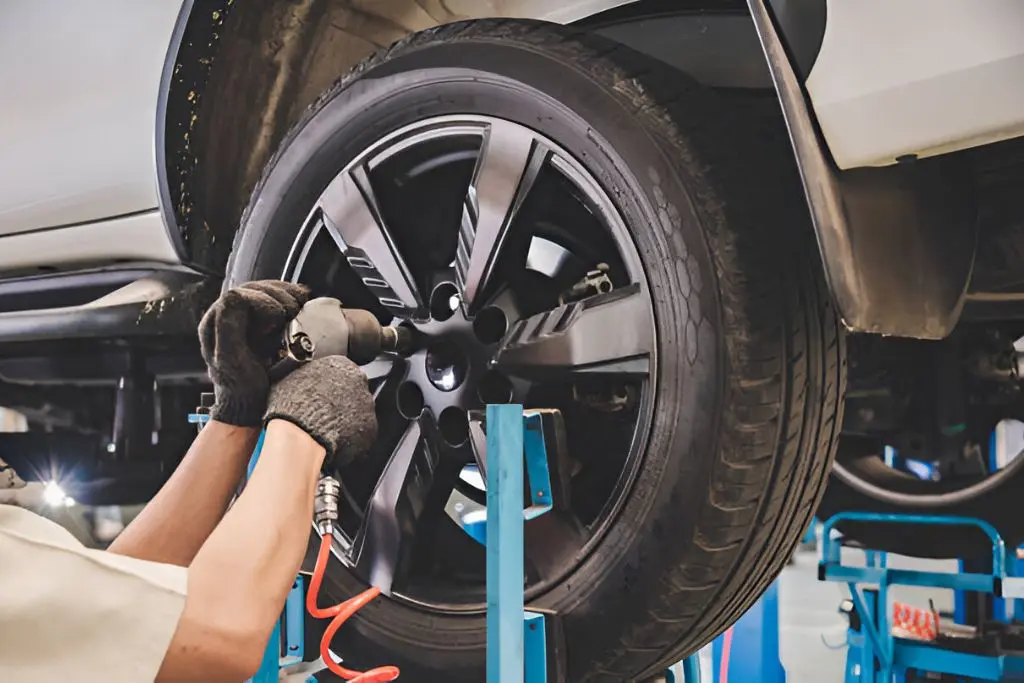
Service, Upkeep, and Modifications
Trike maintenance differs from two-wheeled bikes. They often need more frequent tire changes due to uneven wear. The rear differential requires regular oil changes.
Drive shaft issues can occur, especially in older models. Regular inspections help catch problems early. Some owners upgrade drive components for better reliability.
Brake systems on trikes are more complex. They may need more frequent servicing. Suspension adjustments are crucial for a smooth ride and proper handling.
Many trike owners enjoy customizing their rides. Popular mods include:
- Upgraded lighting
- Custom paint jobs
- Comfort accessories like armrests
- Performance tweaks to the engine or exhaust
Always consult experts for major modifications. Improper changes can affect safety and handling.
Ownership and Lifestyle
California Sidecar trikes offer a unique riding experience. They come with specific costs and a supportive community.
Cost of Ownership and Resale Value
California Sidecar trikes can be pricey upfront. New models often start around $30,000. Used trikes may cost less, ranging from $15,000 to $25,000.
Maintenance costs vary. Some parts are specialized and can be expensive to replace. Regular servicing is key to keeping a trike in good shape. Fuel costs depend on the trike’s mileage. Most owners report getting 30-40 miles per gallon.
Resale value tends to hold steady. Well-maintained trikes often fetch good prices on the used market. The Friendship II model is particularly sought after.
Community Engagement and Support
Trike enthusiasts form a tight-knit community. Many owners join clubs or online forums dedicated to California Sidecar trikes.
These groups offer:
- Technical advice
- Riding tips
- Social events
- Group rides
Trike Talk forums are popular for sharing experiences and solving problems. Owners often help each other troubleshoot issues.
Annual rallies and meetups bring trike riders together. These events foster friendships and allow owners to show off their rides. Dealerships sometimes host owner gatherings. These events provide a chance to learn about new models and accessories.
Frequently Asked Questions
What are common mechanical issues with California Sidecar trikes?
Common problems with California Sidecar trikes include transmission and clutch issues. These can affect the trike’s performance and ride quality.
Brake failures are another mechanical concern. Regular brake system checks and maintenance can help prevent these issues.
How does one troubleshoot electrical problems in a California Sidecar trike?
Electrical issues often start with battery-related problems. Checking battery connections and voltage is a good first step.
Inspecting fuses and wiring harnesses can help identify loose connections or damaged components. A multimeter can be useful for testing electrical circuits.
Are there any recurring suspension problems with California Sidecar trikes from model years 2016 to 2021?
Some riders have reported issues with rear suspension on certain California Sidecar trike models. These problems can affect ride comfort and handling.
Rear suspension concerns may include excessive bounce or uneven ride height. Addressing these issues often requires professional adjustment or component replacement.
What are the known drivetrain issues in a 2018 California Sidecar trike?
Drivetrain problems in 2018 models can include drive shaft issues. These may manifest as vibrations or unusual noises during operation.
Some owners have reported premature wear on drivetrain components. Regular inspections can help catch these problems early.
How can alignment challenges be addressed in California Sidecar trikes?
Proper wheel alignment is crucial for trike stability and tire wear. Misalignment can cause handling issues and uneven tire wear.
Professional alignment services using specialized equipment are recommended. DIY alignment checks can be done by measuring tire wear patterns.
What steps should be taken for proper maintenance to avoid common California Sidecar trike problems?
Regular oil changes and fluid checks are essential for maintaining trike performance. This includes brake fluid, transmission fluid, and coolant.
Scheduled inspections of brake systems, electrical components, and suspension parts can prevent many common issues. Following the manufacturer’s maintenance schedule is highly recommended.
